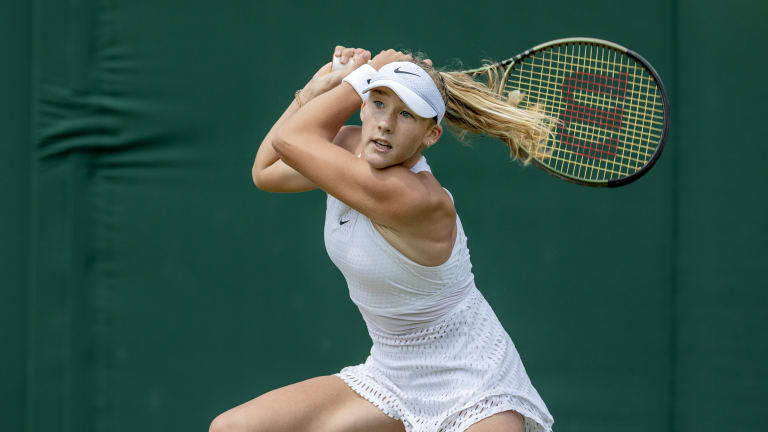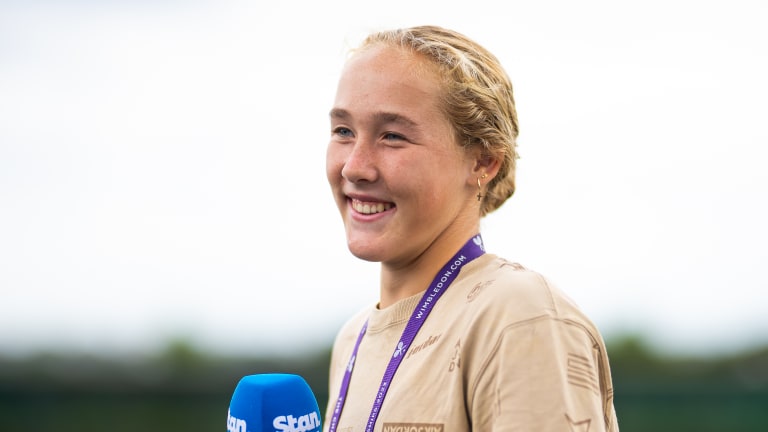Wimbledon
Mirra Andreeva has been touted as The Next Big Thing, and she's delivering
By Jul 09, 2023Wimbledon
Wimbledon to replace line judges with electronic line calling from 2025
By Oct 09, 2024Wimbledon
The amazing journey of Henry Patten from IBM data logger to Wimbledon doubles champion
By Jul 16, 2024Wimbledon
Hsieh Su-Wei, Jan Zielinski win mixed doubles title at Wimbledon
By Jul 15, 2024Wimbledon
Why Wimbledon Endures
By Jul 15, 2024Wimbledon
Novak Djokovic seeks 2024 answers for Alcaraz and Sinner after great effort: 4 ATP Wimbledon takeaways
By Jul 14, 2024Wimbledon
Carlos Alcaraz is a champion establishing how high he will climb with latest Wimbledon title
By Jul 14, 2024Wimbledon
Nicolai Budkov Kjaer makes history in winning junior boys' Wimbledon title; Renata Jamrichova wins girls' title
By Jul 14, 2024Wimbledon
Carlos Alcaraz beats Novak Djokovic again in Wimbledon final for fourth Grand Slam title
By Jul 14, 2024Wimbledon
For Jasmine Paolini, Barbora Krejcikova was one forehand and one serve too good in the Wimbledon final
By Jul 13, 2024Mirra Andreeva has been touted as The Next Big Thing, and she's delivering
The 16-year-old has reached the round of 16 at Wimbledon—just her second career Grand Slam tournament.
Published Jul 09, 2023
Advertising
Advertising

A win for Andreeva against Eastbourne champ Madison Keys on Monday would make her the youngest Wimbledon women’s quarterfinalist since Anna Kournikova in 1997.
© Corbis via Getty Images
Advertising
Advertising

One of Andreeva's many post-match interviews.
© 2023 Robert Prange